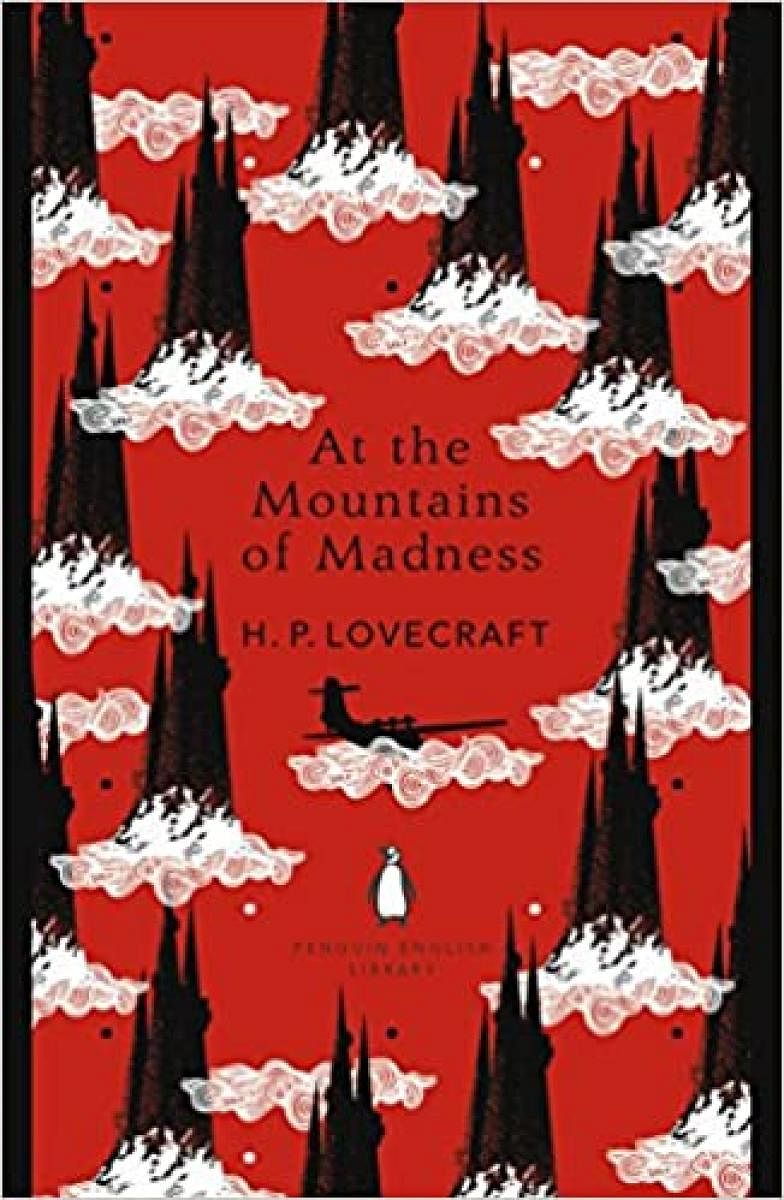
At a time when received wisdoms are being strenuously challenged and historical accounts by those voices that have been long suppressed are finally getting their due, it’s a bit tricky to recommend the writing of an author who wasn’t shy about expressing his racist views.
So why read the works of such writers? It would, in a sense, be easy to shelve their works and say that it’s best to not be read, to be ignored and as some recent examples show, attempt to excise the offending parts and reissue “cleansed” versions.
At the Mountains of Madness and other tales of terror by H P Lovecraft is a slim collection of four short stories that are considered masterpieces of short-form horror fiction. Unlike some of Lovecraft’s writing that used obvious racist tropes either allegorically or directly, the stories in this book are more otherworldly terror, with monsters that lurk among the icy snows of the Antarctic and in creaking old houses in small, grey New England towns.
The title story is a novella, set during an expedition’s discovery of fossils in Antarctica that point to the existence of a pre-human civilisation that may or may not have completely died out. Narrated by Professor William Dyer, the horrors are gradually unveiled and murder and mayhem follow. The typical Lovecraftian monsters are present here — shoggoths and the Cthulhu mythos are woven through and add to the atmosphere of chilly dread.
The remaining three stories in this collection —The Shunned House, The Dreams in the Witch House, and The Statement of Randolph Carter — tend towards more conventional horror with haunted houses, witchcraft, and the underworld.
H P Lovecraft never gained the status of a bestselling author in his lifetime. His stories mostly appeared in magazines and journals dedicated to publishing pulp fiction. But they were stories set in a richly detailed world of fantastic terror, with the Cthulhu mythology dominating and giving those who read them the visceral experience of entering an alternate universe where the rules and laws of human civilisation have been upended. Better known, more acclaimed authors could only dream of such world-building skill. After he died at the age of 46 in 1937, Lovecraft was mostly forgotten and it was only in the 1970s and 80s, when a new crop of horror writers like Stephen King and Anne Rice who cited him as an influence started making a name for themselves, that he was rediscovered. Since then, he’s become an adjective for a certain kind of weird anthropomorphic horror fiction.
With all the good, there has been a reckoning of the not-so-savoury aspects of Lovecraft’s work in the recent past. In works like Matt Haig’s Lovecraft Country, the African-American experience of the early 20th century has been melded to H P Lovecraft’s horror story universe to put a mirror up to the prejudices and real-world terrors of the time for minority communities. In some ways, this is the best response to literary works that may be out of sync with our present-day values — instead of rewriting or deleting them from our culture, reimagine them as entirely new works filtered through the experiences of those the original authors deemed less than worthy to have their own agency, their own narrative.
The author is a Bangalore-based writer and communications professional with many published short stories and essays to her credit.
That One Book is a fortnightly column that does exactly what it says — takes up one great classic and tells you why it is (still) great. Come, raid the bookshelves with us.